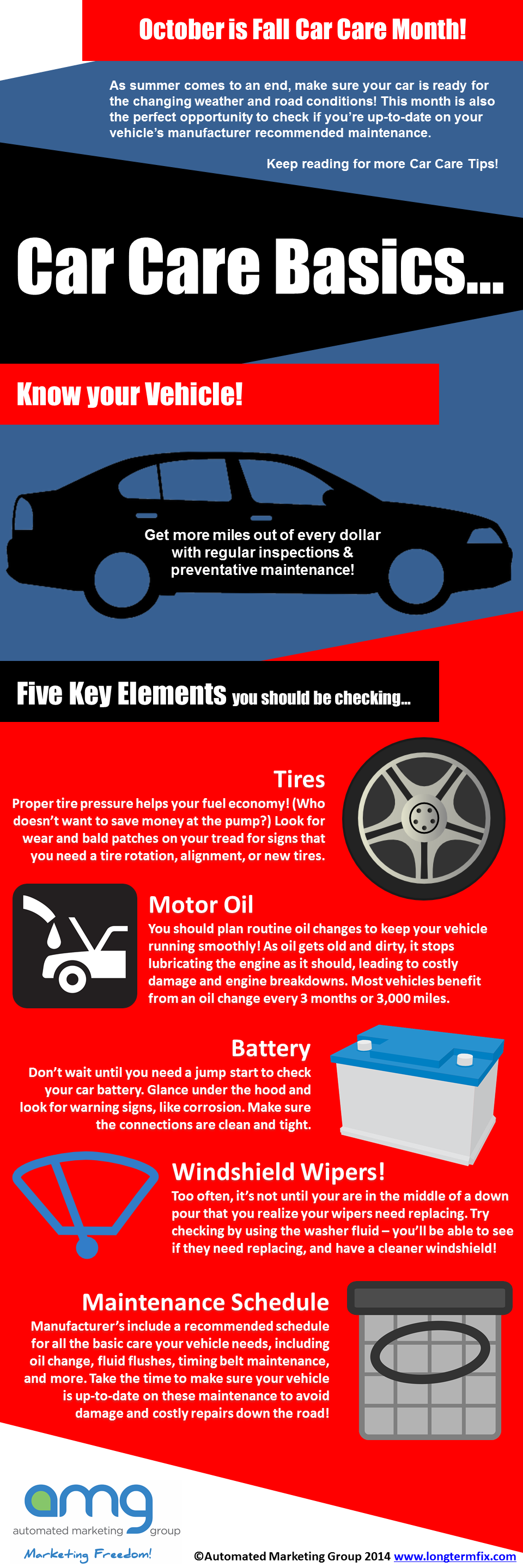Seeking Clearness On The Caution Lights Displayed On Your Car'S Dashboard? Figure Out How They Relate To Your Automobile'S Health And Wellness
Seeking Clearness On The Caution Lights Displayed On Your Car'S Dashboard? Figure Out How They Relate To Your Automobile'S Health And Wellness
Blog Article
Write-Up Created By-Termansen Stark
When you're behind the wheel, those radiant caution lights on your control panel can be a bit perplexing. Do you recognize what they're attempting to tell you about your auto's wellness? Understanding the value of these lights is important for your safety and security and the long life of your automobile. So, the following time one of those lights turns up, wouldn't you wish to analyze its message properly and take the required steps to address it?
Common Warning Lights and Interpretations
Identify usual caution lights in your automobile and understand their definitions to make certain secure driving.
The most normal caution lights consist of the check engine light, which signifies problems with the engine or emissions system. If this light comes on, it's important to have your automobile examined immediately.
The oil stress advising light suggests low oil stress, calling for immediate attention to avoid engine damages.
A blinking battery light may recommend a defective charging system, potentially leaving you stranded otherwise resolved.
The tire pressure monitoring system (TPMS) light informs you to reduced tire stress, affecting automobile stability and gas performance. Disregarding this could lead to harmful driving conditions.
The abdominal muscle light suggests a trouble with the anti-lock stopping system, compromising your capability to stop quickly in emergencies.
Last but not least, the coolant temperature level advising light warns of engine getting too hot, which can result in extreme damages if not resolved quickly.
Recognizing these typical warning lights will assist you address issues quickly and preserve risk-free driving problems.
Significance of Prompt Interest
Recognizing the typical caution lights in your cars and truck is only the first step; the relevance of quickly resolving these cautions can not be highlighted sufficient to ensure your security on the road.
When a caution light brightens on your control panel, it's your cars and truck's way of connecting a potential issue that needs interest. Disregarding these warnings can bring about extra extreme issues down the road, compromising your safety and security and possibly costing you a lot more out of commission.
Motivate attention to advising lights can protect against breakdowns and crashes. As why not try these out , a blinking check engine light might indicate a misfire that, if left neglected, might trigger damage to the catalytic converter. Addressing this immediately can save you from a costly repair work.
Similarly, a brake system cautioning light might signal reduced brake fluid or worn brake pads, essential parts for your security when driving.
DIY Troubleshooting Tips
If you see a warning light on your dashboard, there are a few do it yourself repairing suggestions you can try prior to looking for expert help.
The very first step is to consult your vehicle's manual to comprehend what the specific caution light indicates. Often the problem can be as simple as a loosened gas cap setting off the check engine light. Tightening the gas cap might resolve the trouble.
One more common issue is a reduced battery, which can cause numerous alerting lights. Checking the battery connections for deterioration and ensuring they're safe might fix the problem.
If a caution light persists, you can try resetting it by disconnecting the auto's battery for a couple of mins and after that reconnecting it. Furthermore, checking your automobile's liquid degrees, such as oil, coolant, and brake liquid, can aid repair cautioning lights associated with these systems.
Verdict
Finally, comprehending your auto's warning lights is essential for keeping your car running smoothly and securely. By without delay addressing these notifies and recognizing what they indicate, you can prevent pricey fixings and possible failures.
Remember to consult your cars and truck's handbook for specific information on each cautioning light and take action accordingly to ensure a hassle-free driving experience.
Stay notified, remain secure when traveling!
